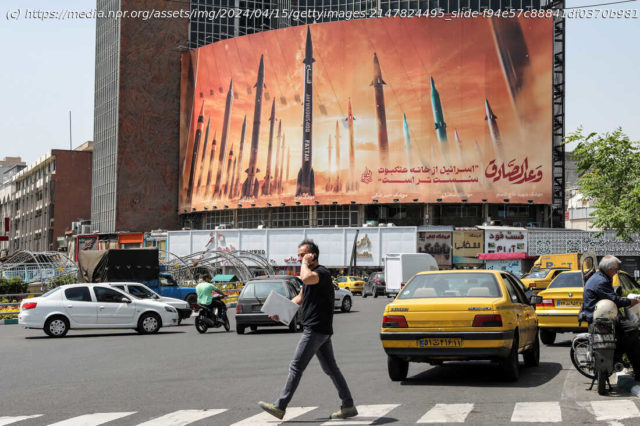Images and videos from previous conflicts, video games and AI generators were often spread by accounts that pay to be boosted on the social media site once known as Twitter.
After Iran sent more than 300 drones and ballistic missiles toward Israel on Saturday, Iranian state television showed purported damage on the ground with video of a fire under a hazy, orange sky. But that footage was not from Israel or anywhere close. Fact-checkers identified it as footage from a Chilean wildfire in February.
In reality, nearly all the drones and missiles were intercepted with help from the U.S. and other countries, and no deaths were reported.
As the international community worried that Iran’s attacks would turn Israel’s war in Gaza into a wider regional conflict, a version of the clip appeared on social media. It was one of the images and videos that circulated on social media platforms and falsely claimed to show the aftermath of the attack on the ground in Israel. Some of the images and videos were from previous conflicts or wildfires, others were from video games and some appeared to have been made with generative artificial intelligence. They have gained millions of views on X, the platform formerly known as Twitter, according to researchers from the Institute for Strategic Dialogue.
Similar footage surfaced in the aftermath of the Oct. 7 attack on Israel by Hamas and Russia’s invasion of Ukraine, said Moustafa Ayad, ISD’s executive director for Africa, the Middle East and Asia, in an interview with NPR. He co-authored a blog post for ISD that was published Sunday.
Misinformation can gain a lot of traction when people have questions they need urgent answers to during time-bound events like election days and during conflict, said Isabelle Frances-Wright, ISD’s U.
Home
United States
USA — mix As Iran attacked Israel, old and faked videos and images got millions...






